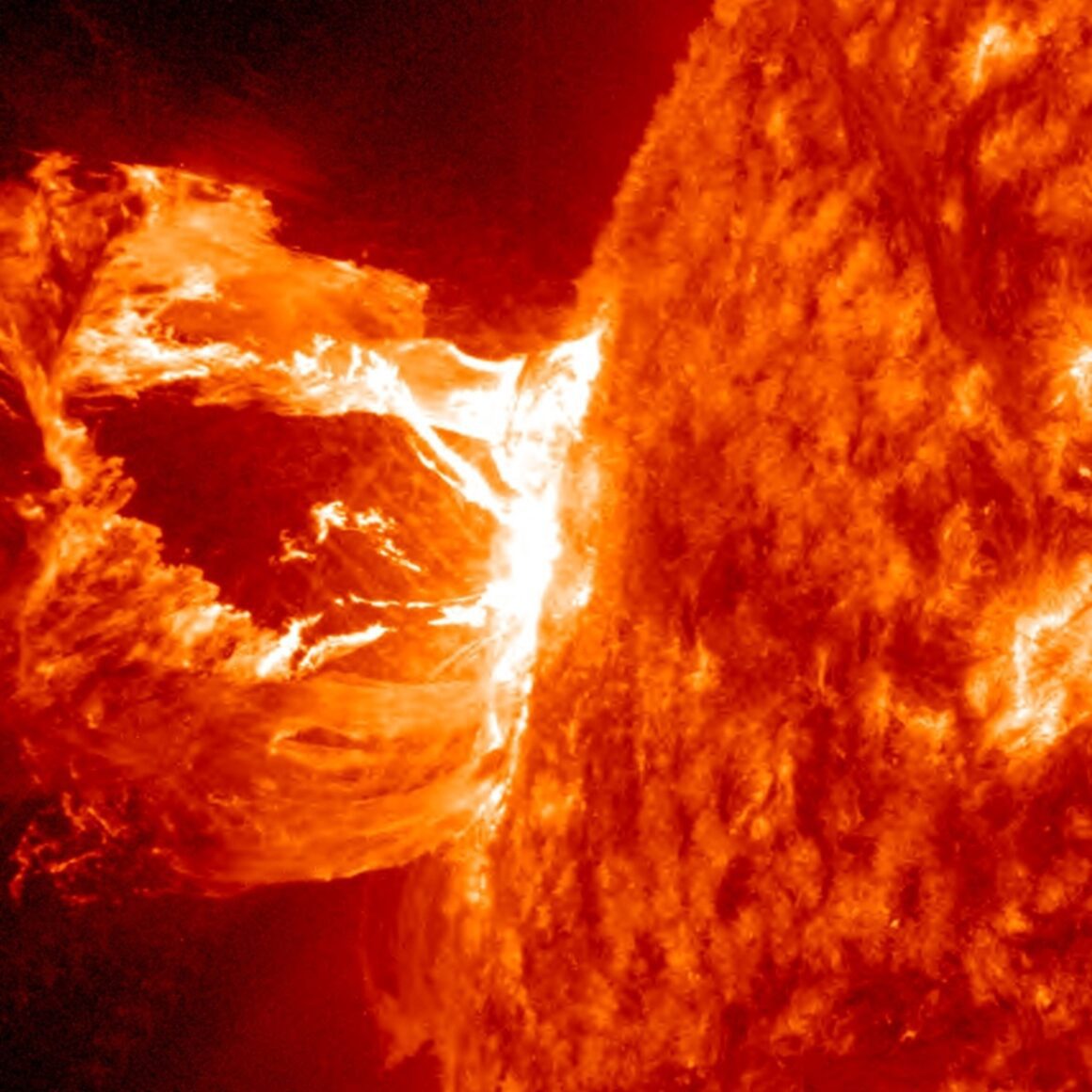Deep under the ice in Greenland and Antarctica, researchers discovered evidence of a massive solar ‘tsunami’ that slammed into Earth’s atmosphere more than 9,000 years ago.
This ancient superstorm was caused by a solar surge of hot plasma and magnetism, and it was far greater than anything we have seen in recent history.
The discoveries have scientists worried about our capacity to anticipate when the Sun may erupt next.
Solar storms occur on Earth every few years when the Sun’s activity is at its highest, but this ancient superstorm is on an entirely another scale, and it seems to have occurred during a calm part of the solar cycle.
Scientists have recently cautioned that we are entirely equipped for a solar storm of this magnitude. Experts have yet to find out how to foresee these uncommon but deadly occurrences, and our current infrastructure is very susceptible to geomagnetic repercussions.
Forgotten History Repeats Itself
If one of these superstorms hits tomorrow, it may affect satellites and astronauts in space, as well as air traffic control, electrical grids, and underwater cables, causing travel restrictions, blackouts, and worldwide internet disruptions that might last months.
We should consider what occurred in 1859 when we were dealing with much less infrastructure. The Carrington Event was a solar storm so powerful that it brought down telegraph networks in Europe and North America, as well as causing auroras all around the globe, from Australia to Hawaii, China, and Mexico.
However, what occurred 9,000 years ago may have given that infamous catastrophe a run for its money.
A solar storm is generally triggered by a solar flare or a coronal mass ejection. The latter happens when the Sun burps around a billion tonnes of energetic particles into space, and if the burp is large enough, these particles may reach Earth’s atmosphere in as short as 15 hours.
The process generates several radioactive nuclides, including carbon-14, beryllium-10, and chlorine-36.
Traces of these unique isotopes, whether frozen in ice or retained in sediment, might therefore aid in elucidating the history of intense solar occurrences on Earth, allowing us to understand better how often they occur.
Recent ice core analyses from Greenland and Antarctica have shown some of the most massive beryllium-10 and chlorine-36 production peaks yet recorded in Earth’s ancient history.
The data strongly shows that an intense solar storm occurred around 9,125 years ago.
According to the ratio of chlorine-36 to beryllium-10 isotopes, this event may have been more significant than the biggest solar storm documented in other ice cores and tree rings to date, which was in the year 774.
According to the authors of the article, both of these historical storms were significantly greater than anything witnessed since the 1950s, “implying a so far underestimated danger to contemporary civilisation.”
These massive storms are now not adequately incorporated in risk evaluations, as Muscheler explains.
It is critical to understand what these occurrences potentially entail for today’s technology and how we can defend ourselves.
Otherwise, the Sun’s whims might catch us completely off guard.
